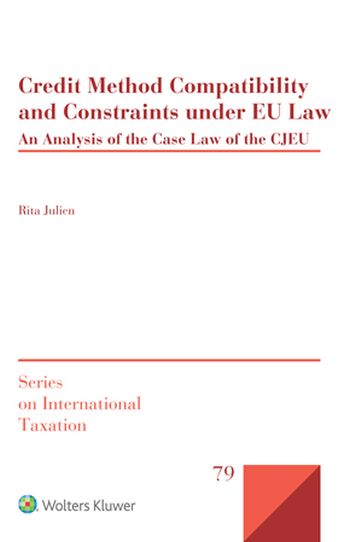
Credit Method Compatibility and Constraints under EU Law is the pioneer in-depth analysis of the European Union (EU) law limitations on devising the credit method sketching the EU law frontiers within which the Member States must operate when they put this method of tax relief into practice. As EU Member States seek to counteract base erosion and profit shifting (BEPS) practices while dodging new hurdles to the EU’s internal market such as double taxation, the credit method, also called foreign tax credit, is one of the vital tools in this balancing act, yet it has engendered several EU law challenges and queries.
What’s in this book:
For the first time, the Court of Justice of the European Union (CJEU) cases that may affect, directly or indirectly, the credit method and its main components are systematically identified and analysed to extract the legal findings and principles that define the contours within which the Member States can manoeuvre when considering EU-compatible approaches to the credit method. To this end, inter alia, this book offers:
The book is cored on the author’s doctoral thesis which was awarded the Wolfgang Gassner Science Prize 2020 and the European Doctoral Tax Thesis Award 2020.
How this will help you:
This book, a timely, exhaustive and pragmatic study of the relationship between the credit method and EU law, will be highly appreciated by lawyers and other professionals working with taxation matters, as well as by tax policymakers and academics in the fields of international and European tax law.